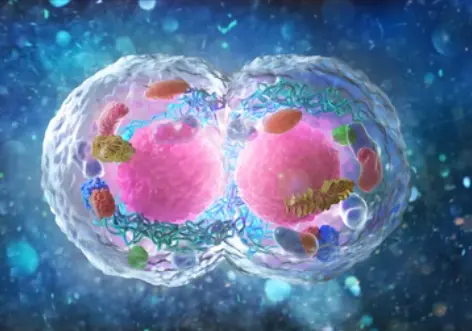 Welcome
Welcome
“May all be happy, may all be healed, may all be at peace and may no one ever suffer."
Rosacea melasma - Generics
Rosacea and melasma are two common skin conditions that can affect individuals of any age, gender, or ethnicity.
Rosacea is a chronic skin condition that is characterized by redness, inflammation, and visible blood vessels on the face, especially the cheeks, nose, chin, and forehead. Other symptoms may include acne-like bumps, dry or rough skin, and eye irritation. The exact cause of rosacea is unknown, but it is believed to be related to genetics, environmental triggers, and abnormal immune system responses.
Melasma, on the other hand, is a common skin condition that is characterized by dark patches on the face, typically on the cheeks, forehead, nose, and upper lip. Melasma is more common in women and individuals with darker skin types. The exact cause of melasma is not fully understood, but it is believed to be related to hormonal changes, sun exposure, and genetics.
Although rosacea and melasma are different skin conditions, they can sometimes be confused due to their similar symptoms, such as redness and hyperpigmentation. Treatment for both conditions may involve topical or oral medications, laser therapy, or other treatments to manage symptoms and improve skin appearance.
Prevention of rosacea and melasma includes protecting the skin from sun exposure, avoiding triggers such as spicy foods or hot beverages, and using gentle skin care products that do not irritate the skin. It is also important to seek medical advice from a dermatologist for proper diagnosis and treatment of these skin conditions.

Thrombocytopenia

Prophylaxis of miosis dur...

Small cell lung cancer

Venous thrombosis

Heparin overdosage

Assisted reproduction

Fungating tumors

Cryptococcal meningitis
Rosacea melasma, রোসেসিয়া মেলাসমা
To be happy, beautiful, healthy, wealthy, hale and long-lived stay with DM3S.